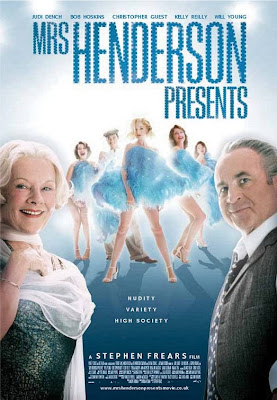
Melodrama
" Melodramatic Films are a sub-type of drama films, characterized by a plot to appeal to the heightened emotions of the audience. Melodrama, a combination of drama and melos (music), literally means "play with music." The themes of dramas, the oldest literary and stage art form, were exaggerated within melodramas, and the liberal use of music often enhanced their emotional plots. Often, film studies criticism used the term 'melodrama' pejoratively to connote an unrealistic, pathos-filled, campy tale of romance or domestic situations with stereotypical characters (often including a central female character) that would directly appeal to feminine audiences. "
Found at: http://www.filmsite.org/melodramafilms.html
Genre Conventions of a Melodrama.
Found at: http://www.lundwood.u-net.com/dissy/melo.htm·
" Music – characters in a melodrama often have trouble expressing their feelings directly, so music is used to enhance their emotions for the benefit of the audience.· Social Pressures and the inability to act – Often, in a melodrama, the main character is under pressure within society – to behave in a certain way, to achieve certain things, etc. This is connected to the way in which the protagonist is unable to act on their situation and consequently escape it. Because of the limits of the conflicts within a melodrama, the catharsis, rather than a confrontation between several characters, becomes a sort of violence turned by the protagonist against herself as the result of an inner conflict, and the masochism is demonstrated by a dependency on alcohol and other forms of release.· Characterisations and stereotypes – Characters within the melodrama are generally very “two-dimensional” and can be categorised simply into “Good and Evil, Innocence and Villainy” (Elsaesser). However, these character types are represented in a way the audience can relate to, therefore building on the characters a little more, to create some humanity. Stereotypes and situations are juxtaposed in unusual ways to encourage clashes between characters and contexts.· The privileging of the victim – melodrama considers the powerless to be on the “good” side, and those in power and control to be more “evil”. The victim is female, and the villain male.· The quick swing between emotional extremes – emotions and tensions change very quickly in a melodrama. Characters expecting a “happily ever after” are flung into more misery, a rising sense of happiness suddenly sways to once again be upsetting. "
However we did consider other genres as well. Here is a description of a few of genres we could have chosen...
- Romance
- Drama
- Action/Adventure
- Comedy
- Horror/Thriller
- Supernatural
- Crime/Detective
- Animation
- Western
- Musicals
- Rom-Com
- Film Noir
- War
- 'Chick' flicks









